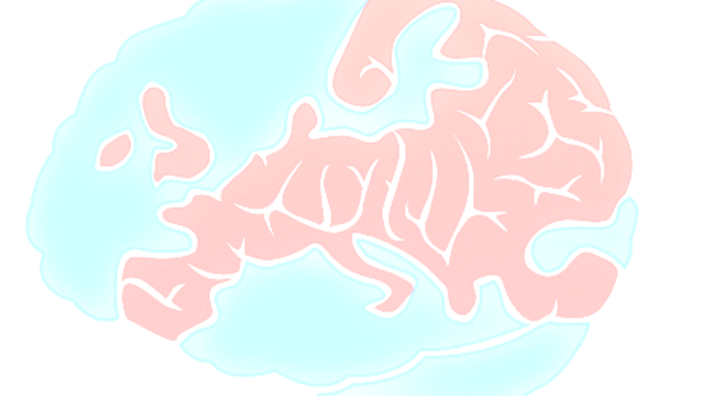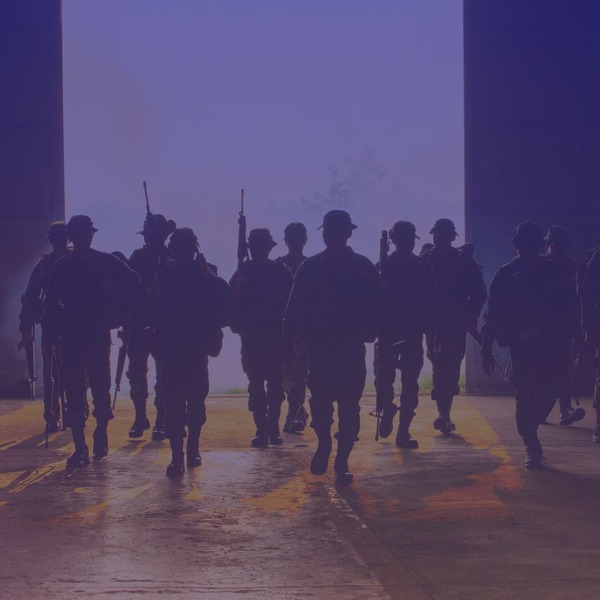
by Olga Papadopoulou. Originally published on 2014/02/21
“La vita e’ un diritto di tutti #Lampedusa”. “Everyone has a right to life #Lampedusa”
That was what football players of Inter and Roma wore on their t-shirts in their pre-match warm-up, in order to pass the message that everyone has a right to life. The whole of Italy and the whole world are in mourning for the victims of the tragedy which occurred on October 3rd, 2013 off the coast of the island of Lampedusa. It is estimated that more than 300 migrants and refugees were drawn, the majority of whom came from Eritrea and Somalia, which means that they had the right to seek asylum and international protection. Unfortunately, only 155 survived in the Mediterranean Sea during their “Odyssey” to reach the European shores (1). The press widely referred to the incident as the “Lampedusa boat disaster” (2).
However, this tragedy is only the tip of the iceberg. Neither the migration phenomenon, nor the loss of migrants in Lampedusa are something new. Migration, human movement in general, has become a constant phenomenon throughout the history of mankind. Nevertheless, it is becoming a major challenge nowadays in an all the more integrated Europe and an all the more globalizing world (3). Consequently, never before have politicians and diplomats been concerned to such an extent with migration mobility and national security. Never before have had they made such efforts to avoid conflicts caused between migrants (especially poor migrants) and the natives. In times of high unemployment and economic distress, tensions especially around immigration restrictions become extremely salient.
Migration is characterized as a megatrend phenomenon of vital importance (4), considering that the total number of international migrants has increased over the last 10 years from an estimated 150 million in 2000, to 191 million in 2005 and to 214 million persons in 2011, which is 3.1% of the world’s population (5).
As far as Lampedusa is concerned, according to the regional representative for the Western Mediterranean of International Organization of Migration (IOM), Peter Schatzer (6), in the first six months of 2008 more than 7.000 migrants reached the Italian island – twice as many as those who arrived in 2007. In 2011, far more immigrants moved to Lampedusa during the Tunisian rebellion (Jasmine Spring) and the Libyan Revolt of 2011.
But the vital question that arises is what “should be done”?
Shortly after the Lampedusa boat disaster, a “post mortem” Italian citizenship was granted, but at the same time, public prosecutors were planning to charge the survivors with an “illegal migration” status. However is that enough?
European Union (EU) should officially recognize refugees’ rights and freedoms together with the labour benefits they can provide into the labour market. It will hopefully lead to approaching migration in a more holistic way, with a common European Migration Policy, along with the implementation of a European – wide Asylum System.
Vital is the initiative that shortly after “Lampedusa boat disaster” nine EU countries (namely, Croatia, Cyprus, Greece, Hungary, Italy, Malta, Portugal, Slovenia and Spain) have taken in order to better manage migration flows. The above mentioned countries ask for the EU-practical assistance. More specifically, they recommend the formation of a Task Force, which will propose by the end of 2013 more solutions and initiatives for the management of migration. In addition, European leaders will commit to upgrade the activities of the European Agency for the Management of Operational Cooperation at the External Borders of the Member States of the European Union (Frontex) (Frontex Regulation – EU – 1168/2011), adopting also a more effective policy of repatriation of immigrants, which is an essential element of EU relations with third countries.
Moreover, and in line with the guidelines, the hot issue of migration returned at the summit of December 5th and 6th, 2013, while “long-term strategies” and further steps to strengthen the relevant European legislation will be determined at the meeting of June 2014. Essentially, we do not talk about the inclusion of new measures concerning migration, but about improvements in the existing ones.
Last but not least, essential is the help that would derive from the initiative of EUROSUR, which is regarded to be a pan – European border surveillance system with three main objectives: a) to reduce the number of irregular migrants entering the EU undetected, b) to reduce the number of deaths of irregular migrants by saving more lives at sea, and c) to enhance the internal security of the EU as a whole by contributing to the prevention of cross-border crime. In other words, EUROSUR could be a valuable tool, giving access to a decentralized information-sharing network, resulting in a full picture of events at the EU external borders (7).
And what about at the national level? How should each country cope with migration? Should it pass the responsibility to organizations or follow more of a propaganda approach? Whatever the way, it should be done always in combination with the cooperation among national governments and research institutes whose initiatives directly confront phenomena related to immigration such as racism and ethnic discrimination. However, each country must also (re)think its own policies.
Certainly all should by all means prevent migration from being politically instrumentalized. All must always remember that migration is about people, people who deserve to be paid attention to and cared for by the citizens and EU-countries. In today’s interlinked world, no country can solve problems by simply acting alone for a better management of migration.
And all should bear in mind that our sea, the Mediterranean Sea, is our mirror, the reflection not only of our actions, but also of our (in)activity.
References
(1) BBC News Europe (2013). “Italy to hold state funeral for shipwreck migrants”. Retrieved 9 October 2013. http://www.bbc.co.uk/news/world-europe-24456058
(2) BBC News Europe (2013). “Lampedusa boat disaster: Aerial search mounted”. Retrieved 9 October 2013. http://www.bbc.co.uk/news/world-europe-24407808
(3) Sutherland, P. & Malmstrom, C. (2012). “Europe’s Immigration Challenge”. Project Syndicate. Retrieved 29 July 2013.
http://www.project-syndicate.org/commentary/europe-s-immigration-challenge
(4) Swing, W.L (2013). “Opening Remarks by Mr. William Lacy Swing, Director General of International Organization for Migration (IOM) at the Diaspora Ministerial Conference”, Geneva, 18 June 2013. Retrieved 29 July 2013.
http://www.iom.int/files/live/sites/iom/files/What-We-Do/idm/workshops/IDM-2013-Diaspora-Ministerial-Conference/Diaspora-Ministerial-Conference-Statement-IOM-Director-General.pdf
(5) World Migration Report (2011). “Communicating Effectively about Migration”, International Organization for Migration (IOM), Geneva, Switzerland. Retrieved 30 June 2013. http://publications.iom.int/bookstore/free/WMR2011_English.pdf
(6) IOM (2008). “Memorial to Migrants Perished at Sea to be Unveiled on Lampedusa”. Press Briefing Note, Geneva, 27 June 2008. Retrieved 9 October 2013. http://www.iom.int/cms/en/sites/iom/home/news-and-views/press-briefing-notes/pbn-2008/pbn-listing/memorial-to-migrants-perished-at-sea-to.html
(7) Frontex (2013). “EUROSUR”. Retrieved 30 October 2013. http://www.frontex.europa.eu/eurosur

 Is EU citizenship for sale – or for keeps? A critical analysis of the CJEU’s Golden Visa ruling.
Is EU citizenship for sale – or for keeps? A critical analysis of the CJEU’s Golden Visa ruling.  The European Union in Space: From exploration and innovation to security and autonomy
The European Union in Space: From exploration and innovation to security and autonomy  The Rise of the Right: The Threat Right-Wing Extremism Poses to Women and Feminist Efforts in Germany
The Rise of the Right: The Threat Right-Wing Extremism Poses to Women and Feminist Efforts in Germany  The silent shield – how special operations safeguard the global supply chain
The silent shield – how special operations safeguard the global supply chain 


